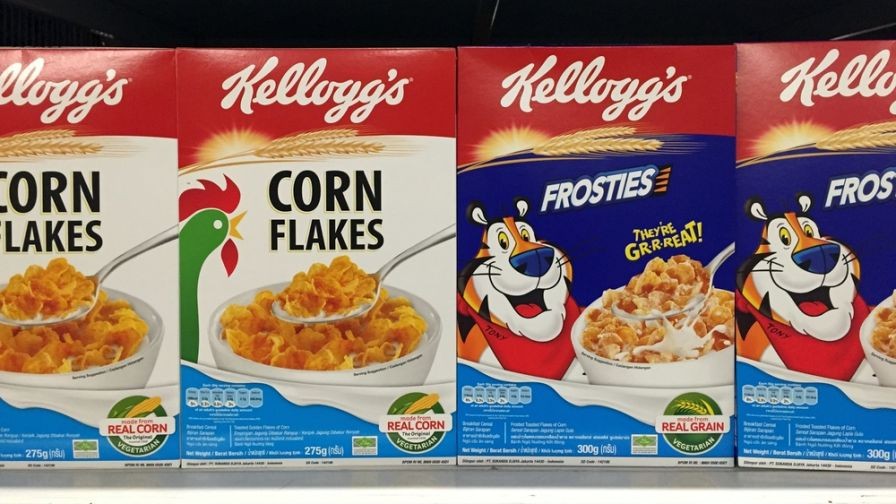A recent study by Sequent Partners shows that marketers are starting to view digital video as a performance marketing tool and tie sales and ROAS to their digital video efforts. Or more succinctly, all digital video campaigns, whether branding or performance-based, will have elements that are designed to drive sales. According to these brands, success depends on getting four things right: targeting, personalisation, creative and measurement. Elements of a successful sales-driven video campaign One of the keys to finding digital video success is applying similar targeting strategies that are proven with display advertising, but to video campaigns. Personalisation is another key element for driving sales. This is a very different approach than TV, in which the consumer is a captive audience for 30 to 60 seconds. In the study, we learned that creative can account for 70% or more of the ad’s effectiveness for driving sales. Proof is in the ROAS In a benchmark study analysing digital campaigns from the past few years, NCS showed that the average digital video campaign has an ROAS of $1.53. However, when looking at digital video campaigns that were personalised and targeted, the average ROAS jumped to $3.92. A growing number of marketers see digital video as an effective sales driver, and it’s just on the cusp of adoption as a sales tool.

As a general rule, marketers consider digital video as a branding tool, used to raise awareness of a new product or brand and designed to speak to a wide array of consumers.
In an all-too-frequent scenario, marketers simply reformat their national television campaigns and deploy them to digital, with little thought about the idiosyncrasies of desktop and mobile targeting, measurement and creative in these video channels.
I don’t mean to criticise marketers; brands invest millions of dollars into their TV commercials, and it makes sense to leverage them on as many channels as possible. But unlike traditional TV advertising, digital channels have advanced technology that allows marketers to target specific consumers, and target these consumers with customised messages that move them through the sales funnel.
This is a wholly different purpose than what the commercial was created to do, so it makes sense that marketers haven’t typically tied ROAS (return on advertising spend) to their digital video efforts, but that doesn’t mean it isn’t possible.
A recent study by Sequent Partners shows that marketers are starting to view digital video as a performance marketing tool and tie sales and ROAS to their digital video efforts. The study, which included qualitative and quantitative interviews with Fortune 500 brands like Kellogg’s, P&G and Bank of America, highlights the changing nature of the video marketing industry and what we can expect in the coming years as more marketers to link sales outcomes to video.
Change underway
It’s clear that marketing organisations are expanding their views on digital video; 65% of respondents said that the role of digital video in driving offline sales is growing in importance for their brands. Another 42% already see it as “better than other media at driving sales”.
On a broader scale, this means that digital video stands at its inflection point, moving from a branding medium to a real sales driver – and it’s ready to accelerate. Or more succinctly, all digital video campaigns, whether branding or performance-based, will have elements that are designed to drive sales.
To a certain degree, we shouldn’t be surprised by these results. Digital video aligns with marketers’ current emphasis on targeting, efficiency and programmatic mediums. And, similar to the evolutions with display advertising, a growing number of marketing organisations are personalising their video assets to the consumers who see them and deploying attribution systems to track and prove the impact of video.
…

COMMENTS